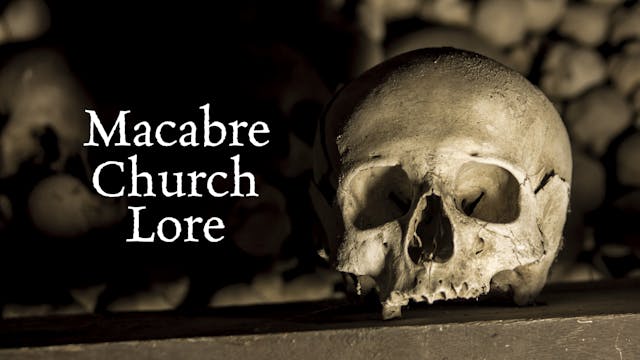In late 1348, the Black Death entered London. Over the next 9 months, it ravaged the populace killing thousands. This paper provides a detailed look at its arrival, spread and eventual disappearance, and looks at some of the archaeological and architectural evidence for its passage, its final death toll and its immediate impacts on England’s greatest city.
Currently National Specialist Services Director in charge of Historic England’s archaeologists, scientists and buildings conservators, Barney started his career as an archaeologist in London in the 1980s. His first professional excavation was on the site of the Black Death cemetery near Tower Hill creating his interest in researching this most lethal of plagues.
Up Next in The weird and wonderful
-
Macabre Church Lore
England's churches and churchyards have long been the focus of unsettling popular beliefs, from the monstrous black dog known as the Churchyard Grim to spectral appearances and the sinister machinations of witches, while even churches themselves sometimes housed sinister objects, such as a magica...
-
Contextualising Carved Cadavers Memor...
This talk explores the carved cadaver memorials in England. It places them in their theological and vernacular religious context, as well as providing a little information on where they sit in relation to images of the dead in medieval culture, and their connection to the body. It also touches on...
-
Gargoyles And Grotesques: Why Are The...
Gargoyles and grotesques are an immediate and appealing feature of many historic churches and cathedrals. Often carved into fantastic monsters and imaginative, bold, sometimes obscene figures, they have largely been dismissed as whimsical and indeed, incongruous with their setting, at best someth...




1 Comment